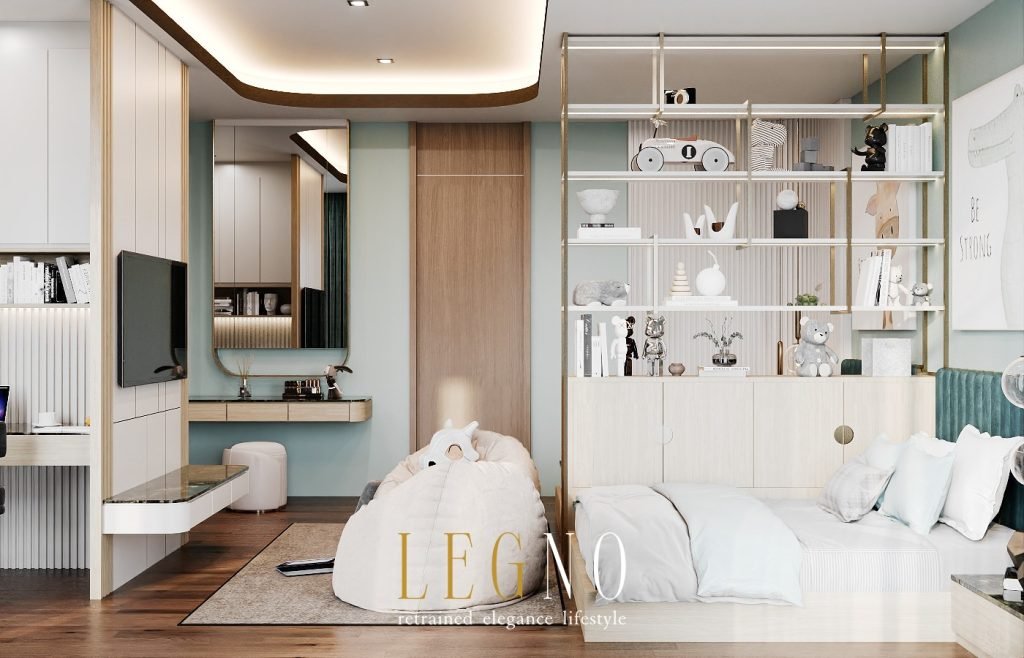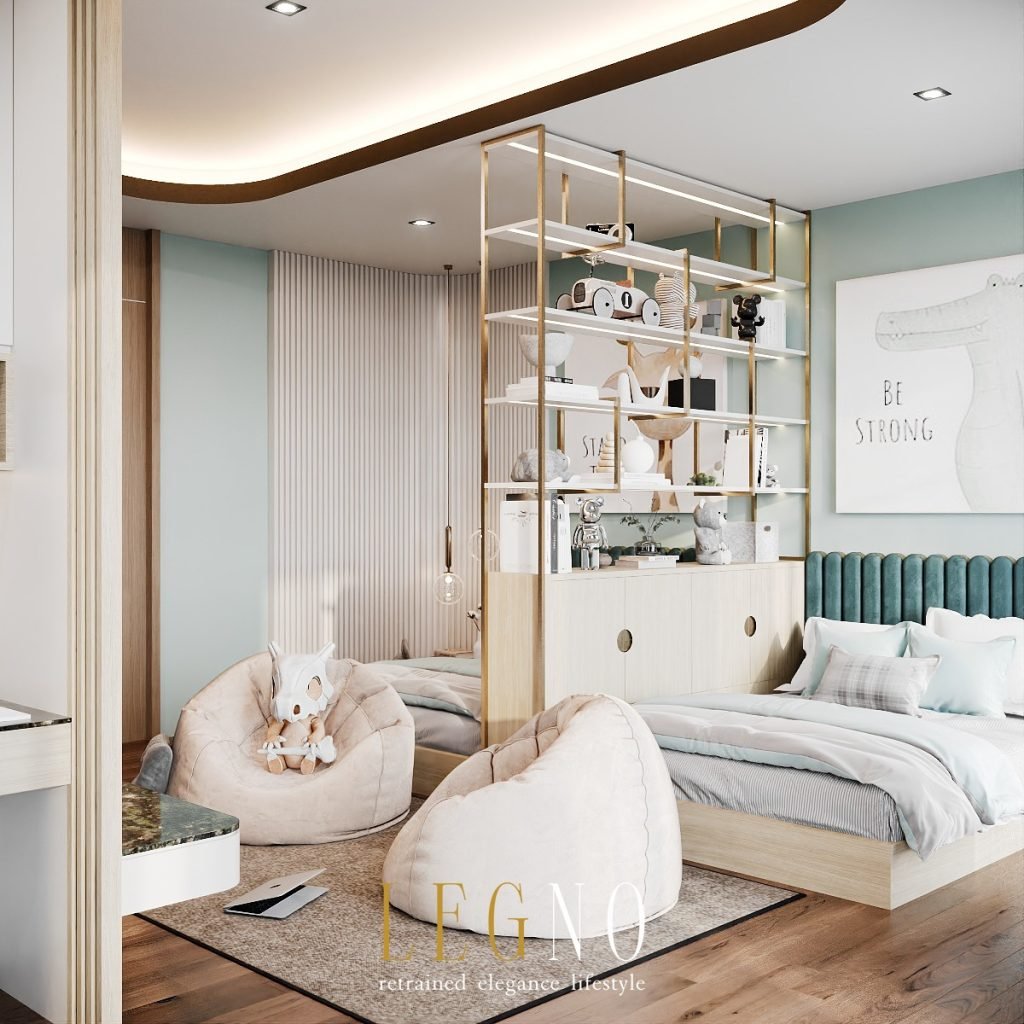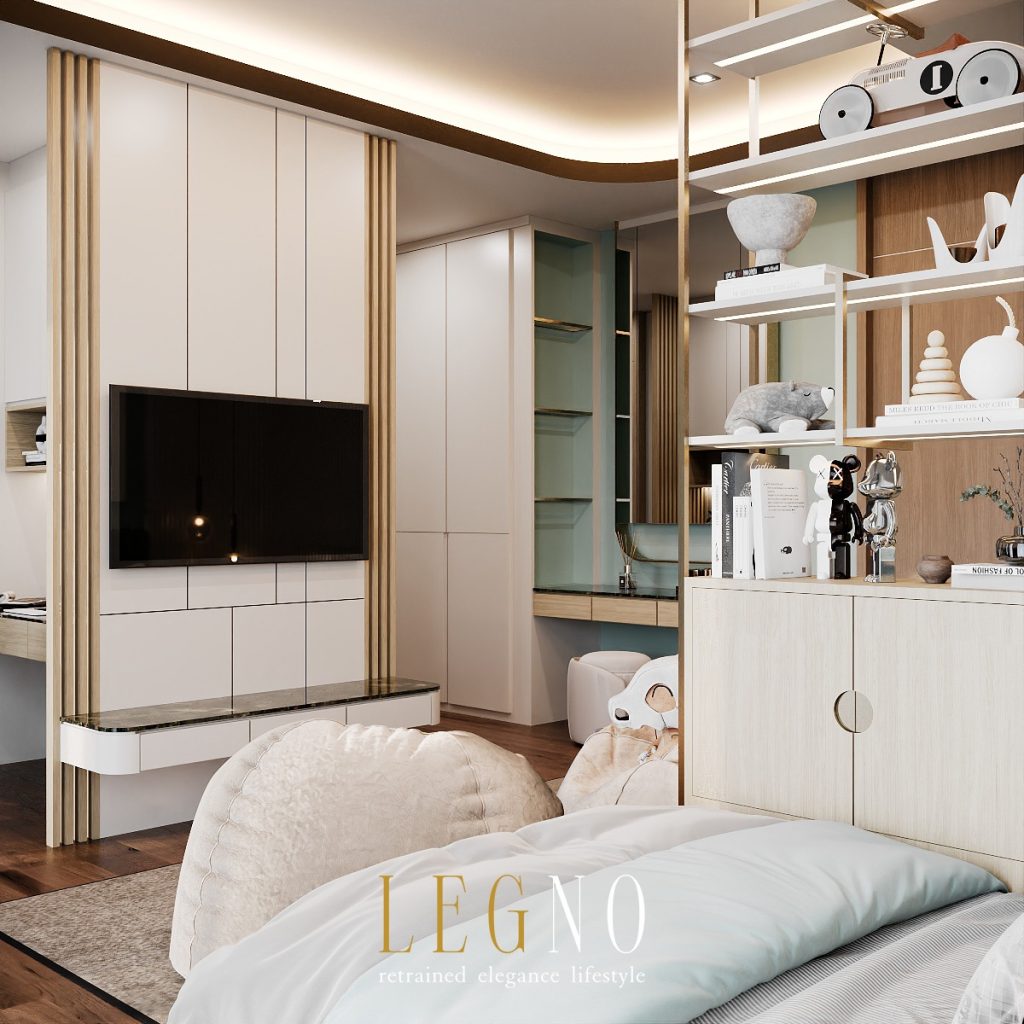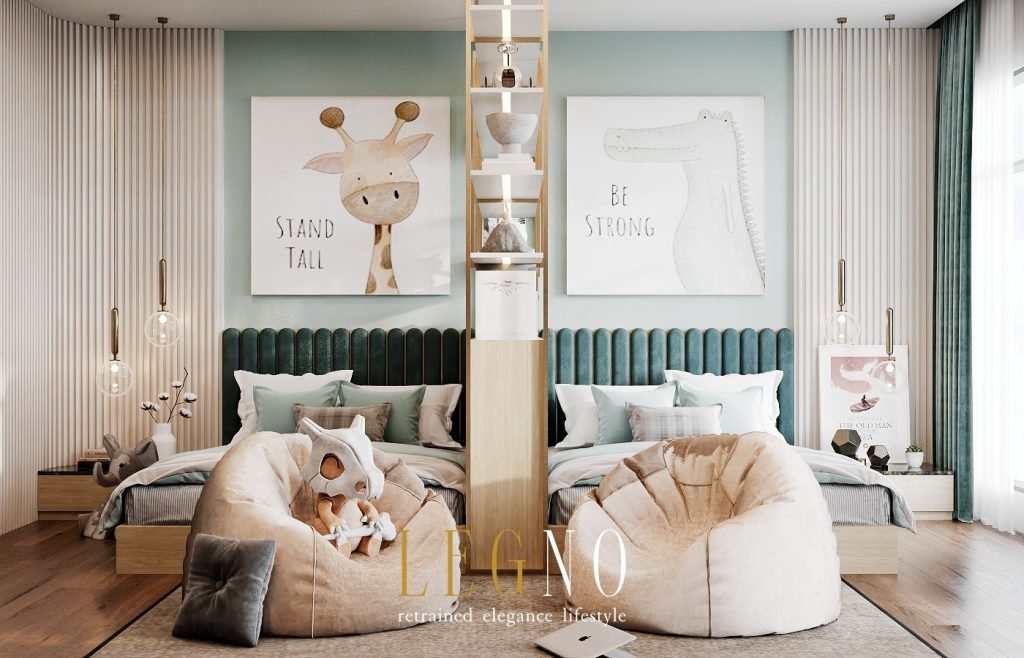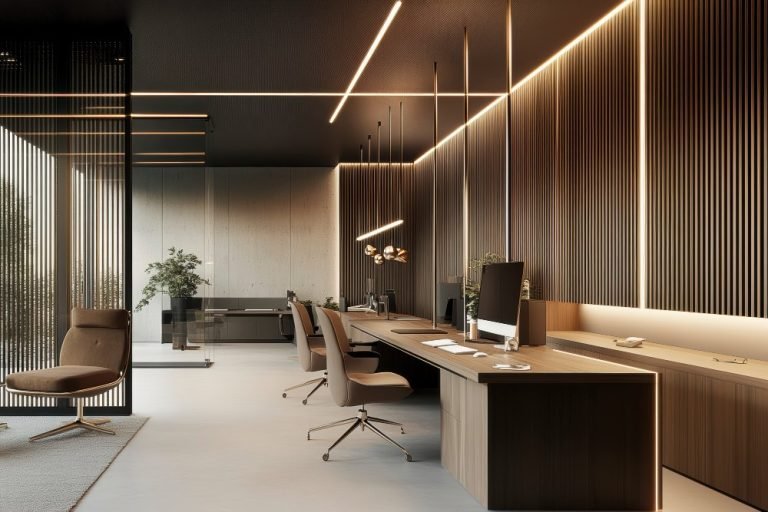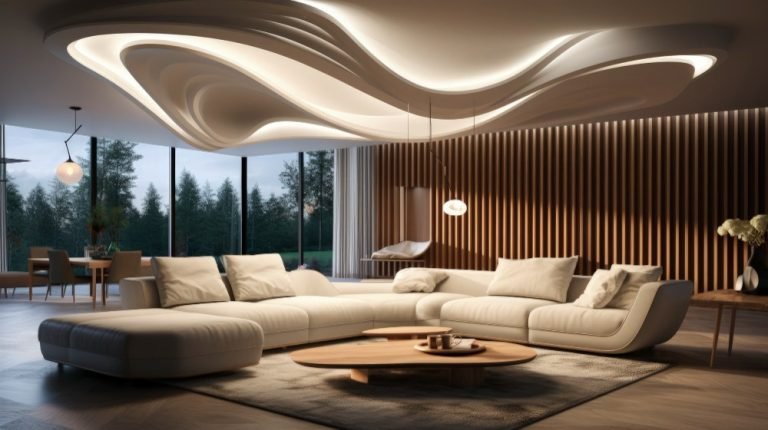Combining patterns, textures, and colors is a captivating way to infuse personality and visual interest into your interior design. However, mastering this art requires a delicate balance to avoid overwhelming the space.
Start with a Cohesive Color Palette:
Begin by establishing a cohesive color palette as the foundation for your design. Select a primary color and a few complementary hues to build upon. Stick to a limited color scheme to maintain harmony while allowing room for versatility in patterns and textures.
Choose One Dominant Pattern:
To create a balanced look, opt for one dominant pattern that will serve as the focal point of the room. Whether it’s a large floral print, bold stripes, or a geometric design, this pattern will set the tone for your space.
Scale and Proportion:
Pay attention to the scale of patterns and textures you introduce. Mix patterns of different sizes to avoid overwhelming the eye. Pair larger patterns with smaller ones to create an engaging visual balance.
Harmonize with Complementary Textures:
Introduce a variety of textures to add depth and tactile appeal. Incorporate materials like wood, metal, fabric, and glass to complement the patterns and colors in your design.
Use Neutrals as Anchors:
Neutrals act as visual anchors, providing breathing space amidst patterns and colors. Employ neutral tones for larger furniture pieces and walls to create a cohesive backdrop for your design elements.
Embrace Your Personal Style:
Incorporate elements that reflect your personality and taste. Mixing patterns, textures, and colors allows you to express your individuality while creating a visually captivating and welcoming home.
